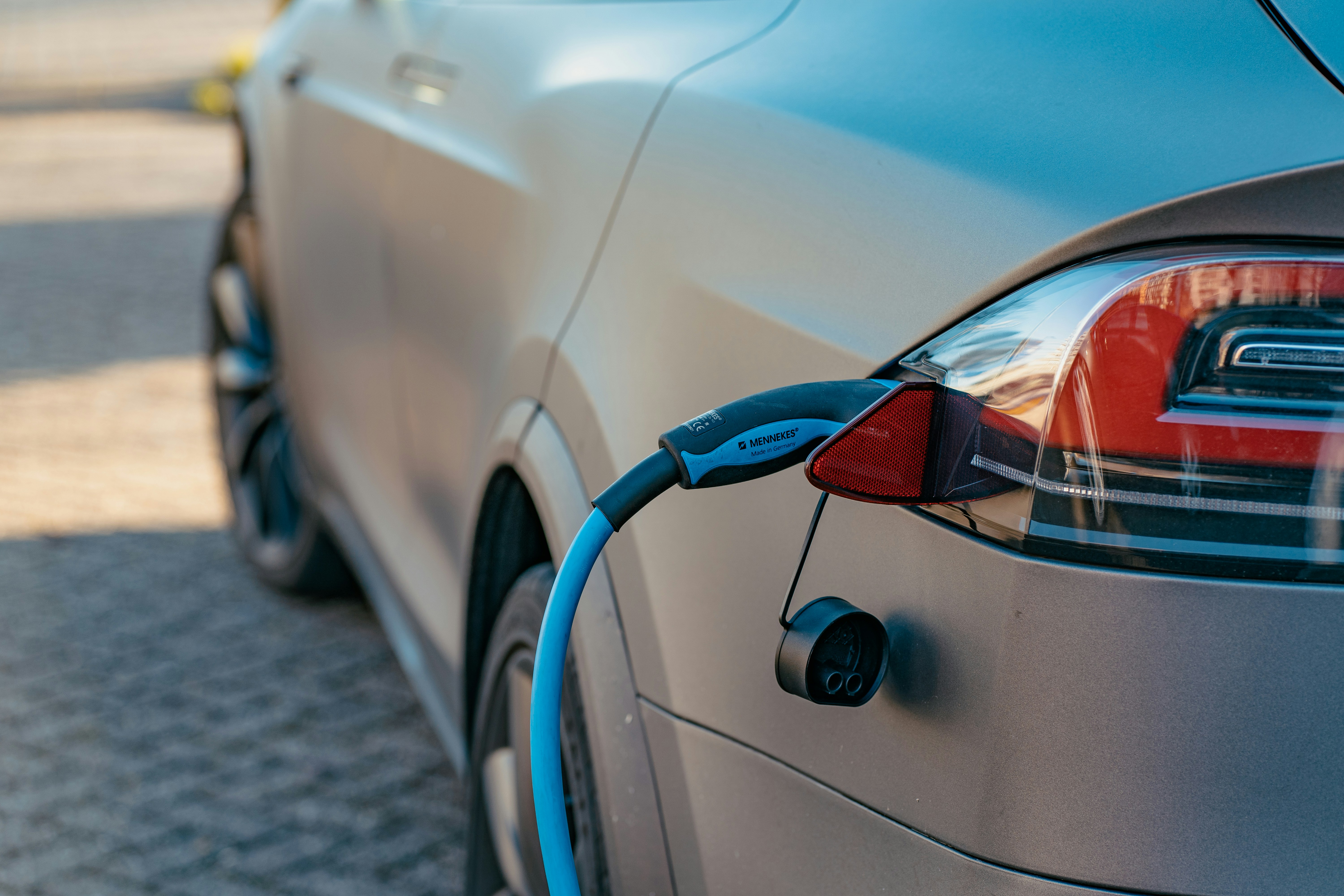
As nation's grid struggles, utilities need to focus
After one of the hottest summers on record, the United States power grid is stretched to the brink.
Utilities all over America issued brownout warnings, urging customers to conserve energy during peak hours. Power demand is hitting an all-time high, at the same time as utilities are struggling to make enough electricity. Meanwhile, America’s electrical infrastructure should be headed for the retirement home, and studies show that power outages have more than doubled over the past six years.
>Why then, are power companies trying to expand into the business of selling electric vehicle charging?
Some of America’s largest utilities (Xcel Energy, Georgia Power, Florida Power and Light, Entergy, Duke) have been expanding their monopoly into a completely new field: Owning and operating EV charging stations.
This utility takeover poses a threat to the private businesses who want to get into the EV market that don’t have the deep pockets of a state-backed monopoly. But free-market concerns aside, these proposals should trouble anyone relies on the power company to, well, make and deliver power.
Power companies can barely generate enough electricity as is. As heat waves swept the U.S. this summer, utilities cautioned their customers to minimize power usage. Last summer, California power grid managers asked EV owners to please not charge their cars between 4 p.m. and 9 p.m. because the state’s utilities were struggling to meet consumer demand for power.
“Most of the country will face risks of electricity supply shortfalls during periods of more extreme summer conditions,” Utility Dive reported in May, 2023. And we shouldn’t expect those struggles to subside any time soon. The U.S. Department of Energy says that widespread EV adoption will result in Americans using 40% more electricity by 2050.
Even if the utilities could meet demand, they would struggle to deliver that power to customers, as the hardware we rely on to carry electricity is getting older and less reliable.
In 2022, Reuters reported that “the average age of large power transformers, which handle 90% of U.S. electricity flow, is more than 40 years,” which is when malfunctions begin to escalate as transformers approach their lifespan of 50 years.
In light of these challenges, we need our electric utilities to be laser focused on meeting increased demand. This means increasing electricity output, replacing aging equipment and infrastructure, and performing basic network maintenance.
No one but the utility can do this, and they need to focus on the task at hand.
Now is not the time for power companies to be distracted by a new foray into the retail sale of transportation fuel for EV chargers. We need to let the retailers handle that part, and our power companies to do what they do best: Generating and delivering electricity.



